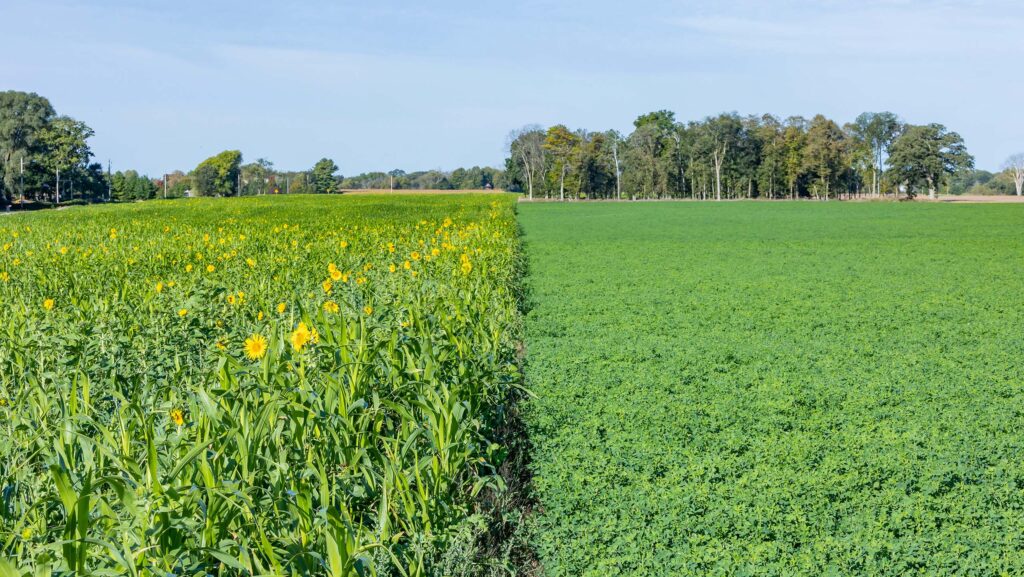Opinion: It’s the farmer who carries all the risk of regen
 © Adobe Stock
© Adobe Stock Regenerative agriculture has gone from a niche to being everywhere in the past five years.
The fact Steve Reed and Daniel Zeichner chose Groundswell and not Cereals to attend this year seems telling that the government wants what regen can provide.
You only have to look at where the funding is going, with capital grants for direct drills and Sustainable Farming Incentive (SFI) options for no-till and not using insecticides to see the direction we are being pushed.
See also: Opinion – ‘disappointment, pessimism and distrust’ on ag policy
Before I came back to the home farm, I thought regen could be the future.
I read the books, watched the YouTube videos and learned all about some of the most innovative farmers in the world.
When you immerse yourself in it, it is easy to convince yourself that the plough is the worst invention ever, closely followed by nitrogen fertiliser and pesticides.
But having returned and seen some of it in practice, I am less convinced.
We already direct-drill where appropriate, last year we tried companion crops and this week we’ll plant our first catch crop, but I must admit we’re largely incentivised by trying to capture as much SFI money as is easy.
Although on paper we tick quite a few boxes on the regen checklist, if somebody asked if we were regenerative I would have to say no.
There are a few things stopping wider adoption. To commit wholeheartedly feels too risky.
Stopping cultivating is a risk, reducing inputs is another and with the weather being so extreme, introducing livestock on some soil types could be a disaster.
Even planting the wrong cover crop can ruin the crop that follows.
The claims are that regen is better for the soil, better for water and air quality and better for food quality.
But as it stands, there is very little financial reward for providing these benefits.
It currently seems like regenerative agriculture is better for everybody else in the supply chain except the farmer.
The farmer takes all of the risk, while everybody else reaps the benefits.
Furthermore, there is a negative narrative in the regenerative sphere that tends to put down conventional agriculture.
This gets people’s backs up and begins the conversation on the back foot.
The truth is that the smallest drop in yield usually costs far more than any savings made through reducing inputs
It often blames conventional agriculture for all the problems we face and implies conventional farmers don’t care for their soil and put little thought into their inputs.
It is commonly quoted that we should strive for “profit, not yield”, but this suggests that, until now, we’ve ignored nitrogen response curves and never considered whether spraying was actually necessary.
The truth is that the smallest drop in yield usually costs far more than any savings made through reducing inputs. While the quote is right, yield still remains king.
For a wider adoption there is a desperate need for more replicated, independent trials of regenerative principles.
The fact the system is so complex means this may never exist, so it gives an impression of being unscientific.
Those who are committed to it are in and those who are ignoring it will carry on as normal. For me, the future lies in the middle.
Taking some of those principles but only using them where you can be confident crops won’t be weaker as a result.

